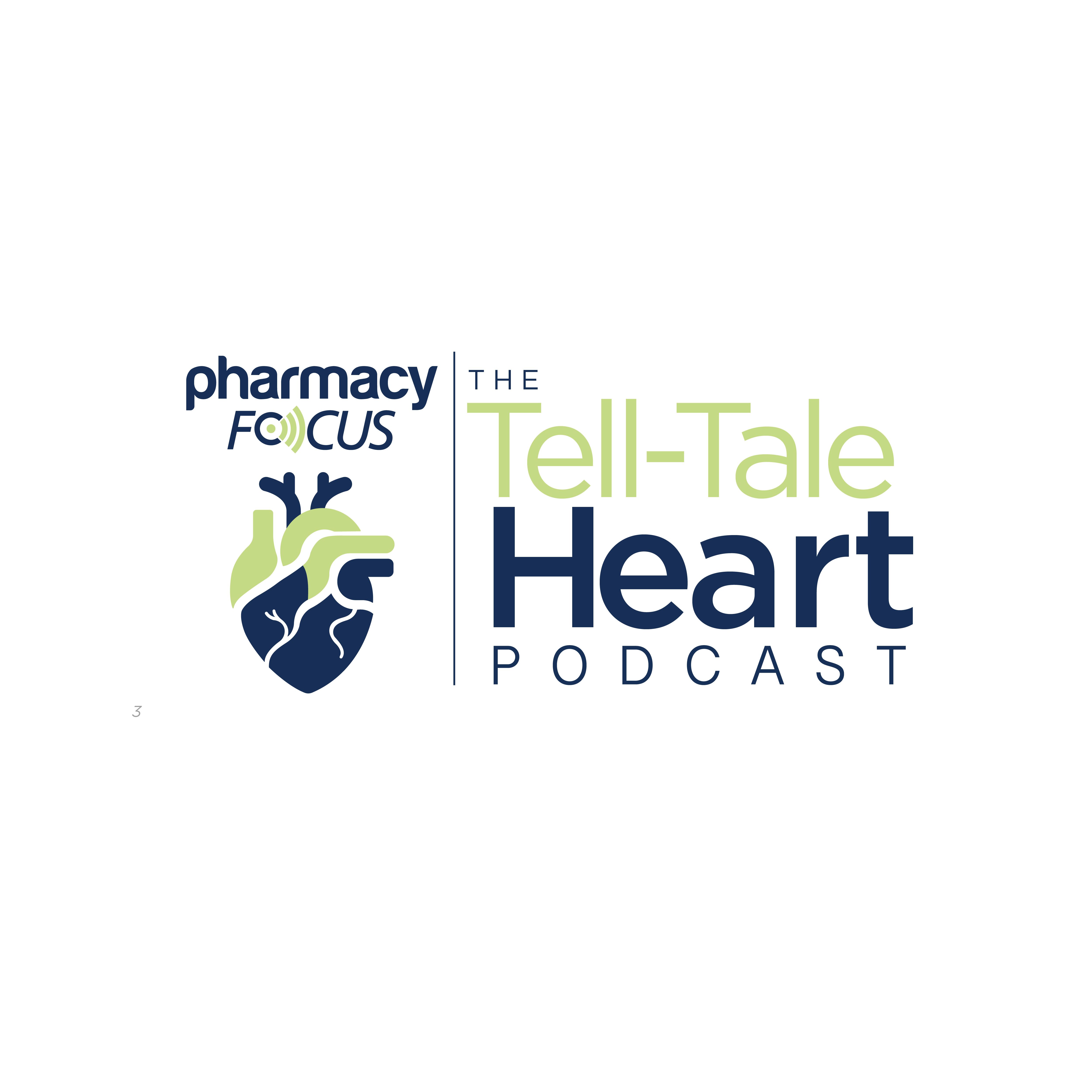News
Article
Neutropenia Should Be Considered a Possible Complication of Treatment With IVIG
Author(s):
Key Takeaways
- IVIG is effective for MMN but can cause adverse effects, including rare chronic severe neutropenia.
- A case study showed ANC fluctuations in an MMN patient on IVIG, with no severe infections.
Though rare and typically presenting as transient, a case study demonstrates severe, chronic neutropenia in a patient with multifocal motor neuropathy treated with intravenous immunoglobulin (IVIG).
Intravenous immunoglobulin (IVIG), an immunomodulatory therapy of pooled donor plasma, is effective when used for the treatment of myriad autoimmune conditions, including chronic inflammatory demyelinating polyneuropathy and neuromuscular disorders. In patients with multifocal motor neuropathy (MMN), which leads to progressive muscle weakness, IVIG is a standard of care treatment that has been demonstrated to reduce disability and increase muscle strength.1,2
Neutropenia is characterized by low absolute neutrophil counts. | Image Credit: © KKT Madhusanka - stock.adobe.com

Despite its efficacy, IVIG therapy can be associated with adverse effects. Although these effects are often mild and the therapy is typically well-tolerated among patients, some rare effects can be serious. Transient neutropenia following IVIG administration has been reported in several populations, including adults with neuroimmunologic disorders, but IVIG-induced chronic severe neutropenia—featuring an absolute neutrophil count (ANC) of less than 0.5×103/µL—has not been thoroughly investigated. Fully elucidating the possible side effects of IVIG will allow for more optimized prescribing and treatment.1,3,4
The study authors describe a case of IVIG-induced chronic severe neutropenia in a patient with MMN treated at their center. The patient, a 56-year-old with a 15-year history of maintenance IVIG treatment, was referred for his chronic neutropenia. Due to the lack of any major disease indicators upon the completion of a comprehensive medical evaluation—including no presence of infections, nutritional deficiencies, or rheumatologic conditions—the authors suspected IVIG-mediated neutropenia.1
ANC was serially monitored over a period of 6 months. In this period, the ANC trend showed a cyclical pattern, with frequent drops below and spikes above the 0.5×103/µL threshold. Despite this fluctuation, the patient experienced no unusual infections or oral ulcers and consistently demonstrated an ability to mobilize neutrophil response during an infection, as shown when the patient survived an infection with SARS-CoV-2 during the COVID-19 pandemic. Therefore, the patient was not recommended granulocyte colony‐stimulating factor or antimicrobial prophylaxis but instead advised to seek immediate care in the case of acute illness.1
In a sign of its durable efficacy as a therapy, the patient chose to continue his IVIG regimen following his bout with neutropenia, noting the solid control of neurologic symptoms associated with MMN. According to the investigators, adverse reactions to IVIG affect 20% to 50% of patients and 5% to 15% of all IVIG infusions, with most being mild and resolved with appropriate treatment. However, IVIG-induced neutropenia has been documented in a variety of literature; investigators postulate that the condition occurs through direct clearance of neutrophils by antineutrophil antibodies present in donor immunoglobulins. Given that this mechanism could act in combination with underlying conditions that exacerbate the process, it is critical for more research to be conducted in this space.1,4
An especially critical factor to describe further is the role of baseline ANC in the development of IVIG-related neutropenia. According to the investigators, this mechanism has not yet been fully investigated, and they note that prior literature suggests an insignificant correlation between baseline ANC and neutropenia risk. Still, the researchers recommend monitoring ANC levels over the beginning of IVIG treatment cycles, which could assist in identifying patients at risk of developing IVIG-induced neutropenia.1
The study authors also note that, in their case study, escalating the IVIG dose and shortening the interval between treatments led to more significant neutropenia. This observation suggests a dose-dependent relationship, though the authors caution that this may not be the case for all patients and that treatment providers should thoroughly investigate a patient’s underlying comorbidities during diagnosis.1
“Our case underscores the importance of obtaining a complete blood count with differential before starting IVIG and with dose escalations,” the investigators concluded. “Subcutaneous preparations of immunoglobulins may have a lower rate of IVIG-induced neutropenia and should be explored in future studies.”1
REFERENCES
1. Ugarte S, Gebhard T, Cornblath DR, Scherer SS, Babushok DV. Chronic severe neutropenia associated with intravenous immunoglobulin for multifocal motor neuropathy. EJHaem. 2025;6(1):e1102. doi:10.1002/jha2.1102
2. Tavee J, Brannagan III TH, Lenihan MW, et al. Updated consensus statement: Intravenous immunoglobulin in the treatment of neuromuscular disorders report of the AANEM ad hoc committee. Muscle & Nerve. 2023. doi:10.1002/mus.27922
3. Kenney S. Serious adverse effects from IVIG treatment associated with certain preparations and patient risk factors. Pharmacy Times. Published May 27, 2021. Accessed March 10, 2025. https://www.pharmacytimes.com/view/serious-adverse-effects-from-ivig-treatment-associated-with-certain-preparations-and-patient-risk-factors
4. Masayuki M, Waki H, Yoshiki S, et al. Neutropenia as a complication of high-dose intravenous immunoglobulin therapy in adult patients with neuroimmunologic disorders. Clinical Neuropharmacology. 2003;26(6):306-311.
Newsletter
Stay informed on drug updates, treatment guidelines, and pharmacy practice trends—subscribe to Pharmacy Times for weekly clinical insights.






